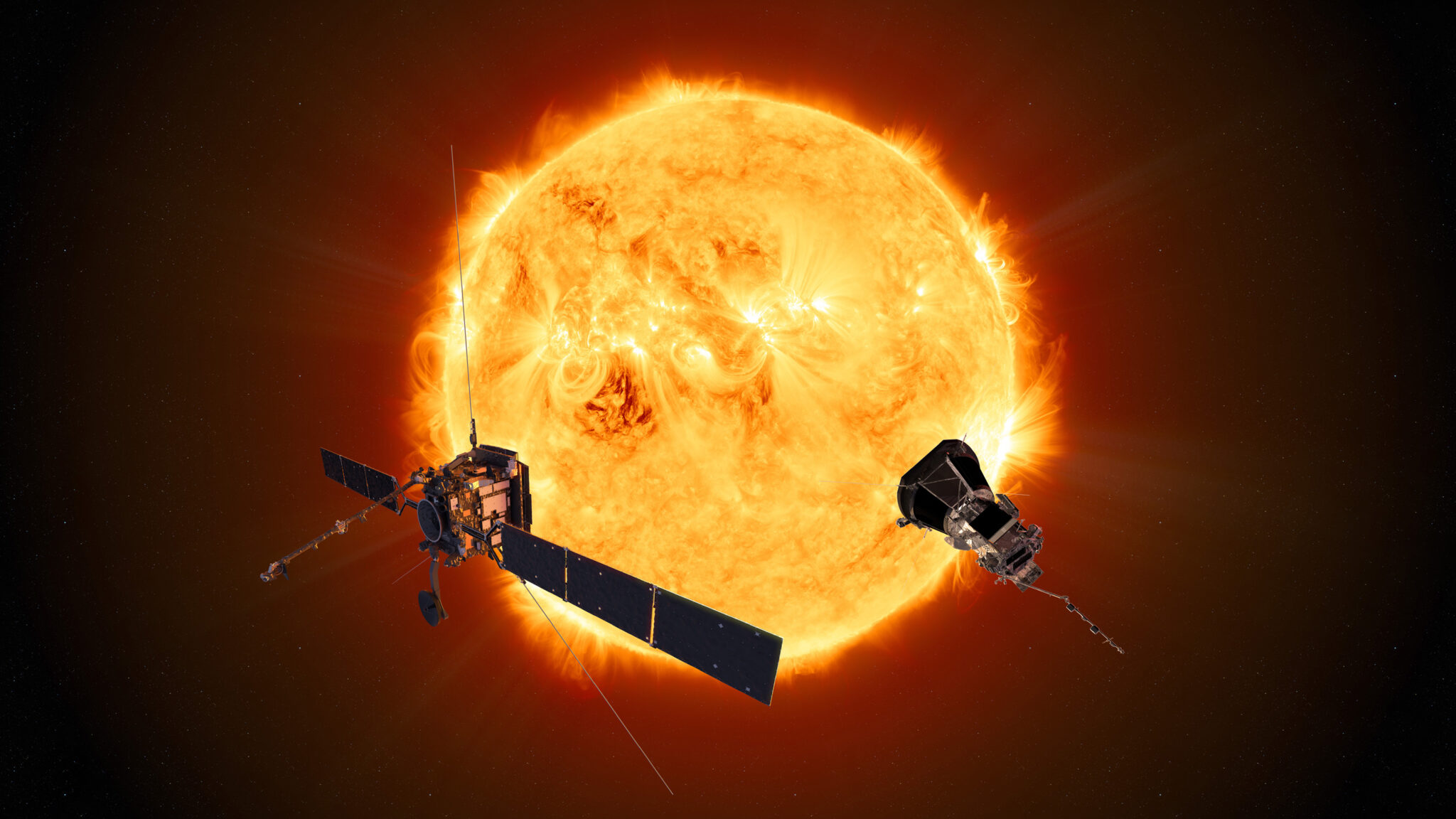The sun, a large pulsating star that warms our planet, always leaves scientists delighted with its mystery and complexity. One of the main mysteries that remains unsolved is the mystery of the solar corona. The peculiarity of the corona is that its temperature is much higher than the surface of our star. Such a huge discrepancy remains a mystery that scientists have been trying to solve for many years. This mystery is the main challenge for today’s solar missions. The Solar Orbiter probe, together with the Parker Solar Probe, are teaming up to solve this mystery.

The recently obtained results from the Solar Orbiter mission, organized by the European Space Agency (ESA), provide some important clues in solving the mystery of the solar corona. Solar Orbiter, together with NASA’s American solar probe, Parker Solar Probe, have joined forces to obtain data on both close measurements and the general state of solar activity. Thanks to the Metis coronagraph on board the Solar Orbiter, scientists were able to analyze data on the Solar Corona simultaneously with the Parker Solar Probe when the latter came into its field of view on June 1, 2022.
Complex maneuvers
However, achieving this cooperation was not as easy as it might seem at first glance. The Parker Solar Probe must move very close to the Sun to collect data on the immediate environment around it, whereas the Solar Orbiter is located far from the Sun for observations on a general scale. Even after both spacecraft were in the right places, they should have been adjusted in the right direction.
The Solar Orbiter should have turned 45° and slightly changed its angle of inclination to ensure the joint operation of both spacecraft and simultaneous data collection. This complex coordination process allowed the researchers to obtain detailed data on turbulence in the plasma, as well as to study the corona as a whole.
Results of the joint mission
The results confirm the old theory that the corona becomes so hot due to turbulence in the atmosphere.
ESA explains: “The turbulence drives coronal heating in a way that is similar to what happens when coffee is stirred here on Earth. Energy is transferred to smaller scales by random movements in a fluid or gas — coffee and plasma — and this converts that energy to heat”.
These discoveries expand our understanding of the mystery of the hot corona and show how two different spacecraft could cooperate to obtain data unattainable for each of them individually. The joint mission of the Solar Orbiter and Parker Solar Probe continues to help scientists solve the mystery that our Sun has been hiding for many years.
Earlier we reported on how the Parker probe discovered the source of the high-speed solar wind.
According to Space
Follow us on Twitter to get the most interesting space news in time
https://twitter.com/ust_magazine
